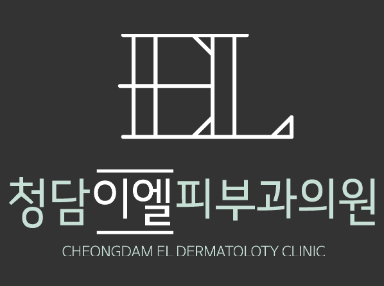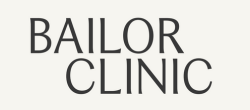Thread Lift Types in Korea: PDO, PLLA, and PCL Explained
Introduction
Thread lifting has become one of the most popular non-surgical treatments in Korea for achieving a youthful, lifted look without going under the knife. Known for its instant results and collagen-stimulating benefits, thread lifting is often called the “lunchtime facelift.”
But not all thread lifts are the same — Korea offers several types of threads, each with its own materials, longevity, and purpose. Understanding these differences will help you choose the right option for your skin type and desired results.
What Is a Thread Lift?
A thread lift involves inserting biodegradable threads under the skin using a fine needle or cannula. These threads lift sagging skin while stimulating collagen production as they dissolve over time. The result? Firmer, smoother, and tighter skin — all achieved in about an hour.
Most Korean clinics customize thread lifts by combining different thread materials and techniques for the face, neck, and jawline to achieve natural, balanced results.
Types of Threads Used in Korea
1. PDO (Polydioxanone) Threads
PDO is the classic and most widely used thread type in Korea. Originally developed for surgical sutures, PDO threads are safe, effective, and dissolve naturally within 6–12 months.
Benefits:
- Lifts mild to moderate sagging skin
- Improves skin texture and elasticity
- Stimulates collagen and elastin production
- Minimal downtime and affordable
Best for:
Those in their late 20s to 40s who want subtle tightening or to prevent early sagging. PDO is often used for V-line lifting, jawline contouring, and cheek tightening.
2. PLLA (Poly-L-Lactic Acid) Threads
PLLA is known for long-lasting collagen stimulation. It’s the same ingredient used in Sculptra, a well-known injectable collagen stimulator. These threads take longer to dissolve (around 18 months) and provide gradual volume and lifting.
Benefits:
- Long-lasting collagen regeneration
- Suitable for moderate skin laxity
- Gradual natural lifting effect
- Improves overall skin firmness and glow
Best for:
People seeking both lifting and subtle volumizing effects — especially in the mid-face, temples, and nasolabial folds.
3. PCL (Polycaprolactone) Threads
PCL is the newest generation of lifting thread, offering the longest-lasting results — up to 24 months or more. It provides both lifting power and deep collagen stimulation while maintaining flexibility under the skin.
Benefits:
- Longest-lasting collagen stimulation
- Suitable for deep or heavy sagging
- Smoother texture, less risk of stiffness
- Enhances skin quality over time
Best for:
Patients in their 40s–60s or those wanting a stronger, structural lift without fillers or surgery.
Thread Structure Types
Mono (Smooth) Threads
These are fine, smooth threads placed in a mesh pattern to firm the skin and enhance elasticity. Mono threads do not lift but tighten and rejuvenate.
Common uses: Neck tightening, under-eye wrinkles, forehead fine lines.
Cog or Barbed Threads
Cog threads have small barbs that grip the skin and physically lift tissue. They provide an immediate lifting effect and continue to improve firmness as collagen builds around them.
Common uses: Cheeks, jowls, jawline, and V-line lifting.
Screw or Spiral Threads
These threads are twisted or coiled, designed to restore mild volume and elasticity while improving skin density.
Common uses: Smile lines, nasolabial folds, and areas that need both volume and lift.
How Long Do Thread Lifts Last?
- PDO threads: 6–12 months
- PLLA threads: 12–18 months
- PCL threads: 18–24 months
Collagen continues to regenerate even after the threads dissolve, meaning results can last longer with regular maintenance.
Choosing the Right Thread Type
Here’s how to decide which thread lift suits your goals:
- For light tightening and prevention: PDO Mono Threads
- For lifting sagging mid-face or jawline: PDO or PLLA Cog Threads
- For long-lasting, deeper lift: PCL or combination thread treatments
- For volume restoration: Screw or PLLA threads
Most Korean dermatologists recommend combining threads for the best outcome — for example, using barbed threads for lifting and smooth threads for tightening.
Aftercare Tips
- Avoid facial massages, saunas, or intense exercise for one week.
- Sleep on your back for a few days to prevent thread displacement.
- Keep skin clean and hydrated; avoid alcohol for 24 hours.
- Mild swelling or bruising is normal and fades in a few days.
Final Thoughts
Thread lifts in Korea have evolved from temporary fixes to long-lasting, collagen-boosting treatments that redefine the face naturally. Whether you’re in your 30s looking for prevention or your 50s aiming for rejuvenation, there’s a thread type and technique that can be tailored precisely to your skin’s needs.
Always consult a board-certified dermatologist experienced in lifting procedures — the choice of thread and injection technique is just as important as the material itself.


